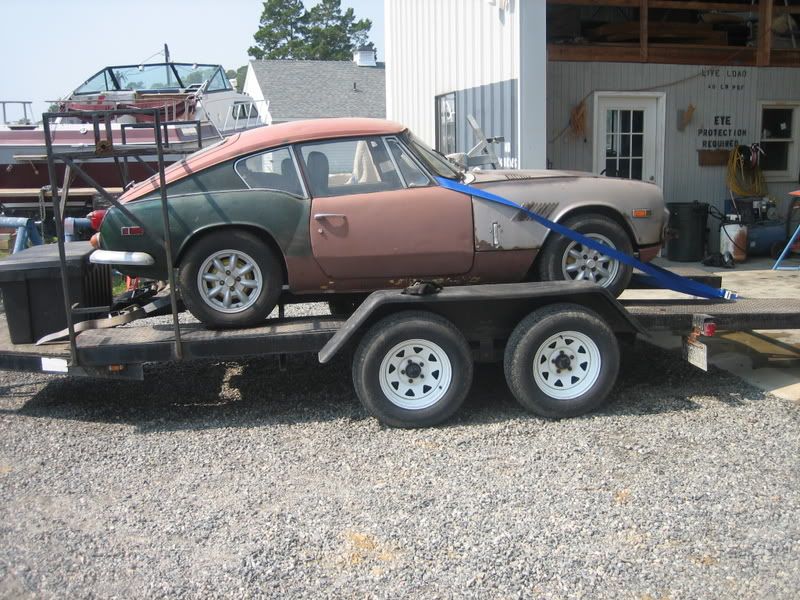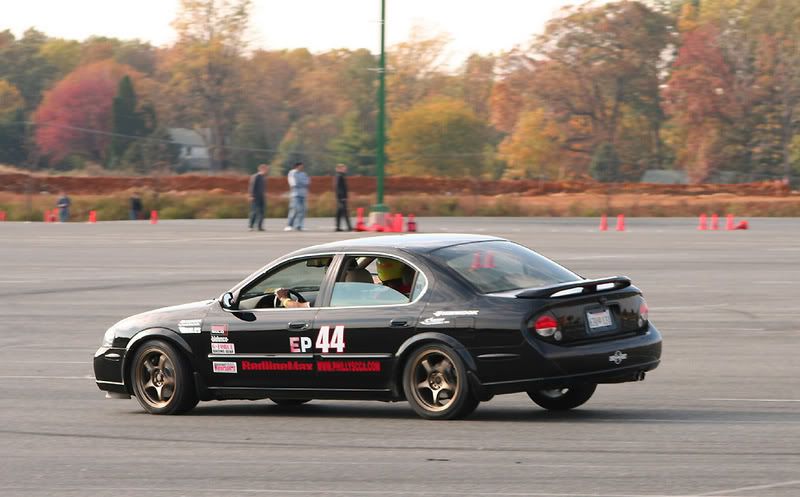Gojeep said:
Actually the leverage that causes the springs to go into a S shape and causing axle tramp is the distance from the ground contact patch to the spring mount. So you are correct in that the blocks increase this distance by most dont take into account that the bigger the tyre the greater the leverige factor as well.
http://www.go.jeep-xj.info/
You are correct in saying that the tire size can change leverage, but incorrect in saying that it is the distance of the tire contact patch to the spring is the only cause.
The distance between the center of the axle and the spring mount is what will determine axle wrap initially. The tire size is what will determine how easily it happens once momentum has been established.
You can take a stock axle with a 35" tire and no block, and still have some degree of axle wrap. You want also take a 15" diameter tire (not rim, tire) with 8" of block, and get the same axle wrap problem.
We all know a longer wrench will make breaking a stubborn bolt loose easier, right ?
Everything pivots on the axle centerline. As you make the distance between the axle centerline and the spring greater, it has the same effect as getting a longer wrench to break that bolt loose. As the wrench gets longer, the force on the bolt increases a lot even tho you are putting the same force on the wrench. This is due to leverage.The same thing happens with the axle and the spring, as the distance between them gets bigger, the leverage on the spring increase substantially even with the same force being applied. And at some point, the force will overcome the spring and cause it to bend.
Think of the axle/spring/tire as a see-saw. If the distance from the axle centerline to the ground is lets say, 20", and the spring to axle centerline is lets say, 1", then you have a ratio of 20-1. When the tire tries to walk forward, if it moves 20", the spring will only move 1" backwards due to the ratio (numbers are an exaggeration). BUT, if the spring to axle distance is 5", the tire will only have to move 4" to get the spring to move 1, because the ratio is no longer 20-1, but is now 4-1.
The FORCE required to make this happen with a large tire is much less than with a small tire because of it making the ratio larger faster. Just like the longer wrench puts more force on the bolt with the same INPUT from you, the greater distance between the axle centerline and the spring will put greater force on the spring to wrap with the same INPUT force.
In the above see-saw scenario, if there is 100 ft lbs of force at the axle, then there will be 5 ft lbs of force on the spring and 100 ft lbs on the tire (remember, there is a 20-1 ratio centred on the axle). But if the same force is at the axle with the spring 5" away, the spring will have 25 ft lbs of force on it, which will make it easier to move, in fact, 5 times as easy.
Now, as Gojeep said above, the reaction forces from the ground will also have an effect. As the tire size goes up, the 5 ft lbs from the axle will be diminished at the tire. So, if the axle has a force of 5 ft lbs, and the ground is 20" away, then the force there will be 1/20th at the ground as at the axle. Yes, a shorter tire will give you more torque at the ground. A bigger tire will have more speed for the same torque input, but will provide less motive force (which is why a vehicle takes off slower with a big tire (sassuming no tire spin). A big tire is heavier, and therefore takes more force to get it moving, and while this is trying to happen, the forces from the axle will act on the spring, which tends to wrap the spring up. Since the tire isn't moving, ALL the force from the axle will go to the spring (or break the axle shaft).
Imagine the see-saw example, if you hold the long end down to simulate trying to get the big tire moving, and you rapidly keep piling on weight at the short end to simulate the axle continuing to try and turn, you could conceivably bend/break the seesaw before the long end moves. Once the long end does move, the forces will settle out according to the ratio of the long-short ends
Where the big tire gets it's real power in wrapping springs up is once it is spinning, it has a lot more momentum to provide force to act on the springs. If the big tire is spinning, and suddenly finds traction, it will wrap the spring up in a heartbeat because of the momentum it has developed.
A small tire will give you more torque for the same input, but a large tire will give you more speed.
These axle wrapping characteristics are slightly different when the axle is above the spring, but will still happen.
Again, as Gojeep eluded to, the distance from the ground to the spring does have an effect, but a more important effect is the ratio of ground to axle vs axle to spring. Mainly, axle wrap when starting, is from the ground to axle vs axle to spring ratio, but once moving, the ground to spring distance will become more important since the momentum and speed of the tire now becomes a big factor.


